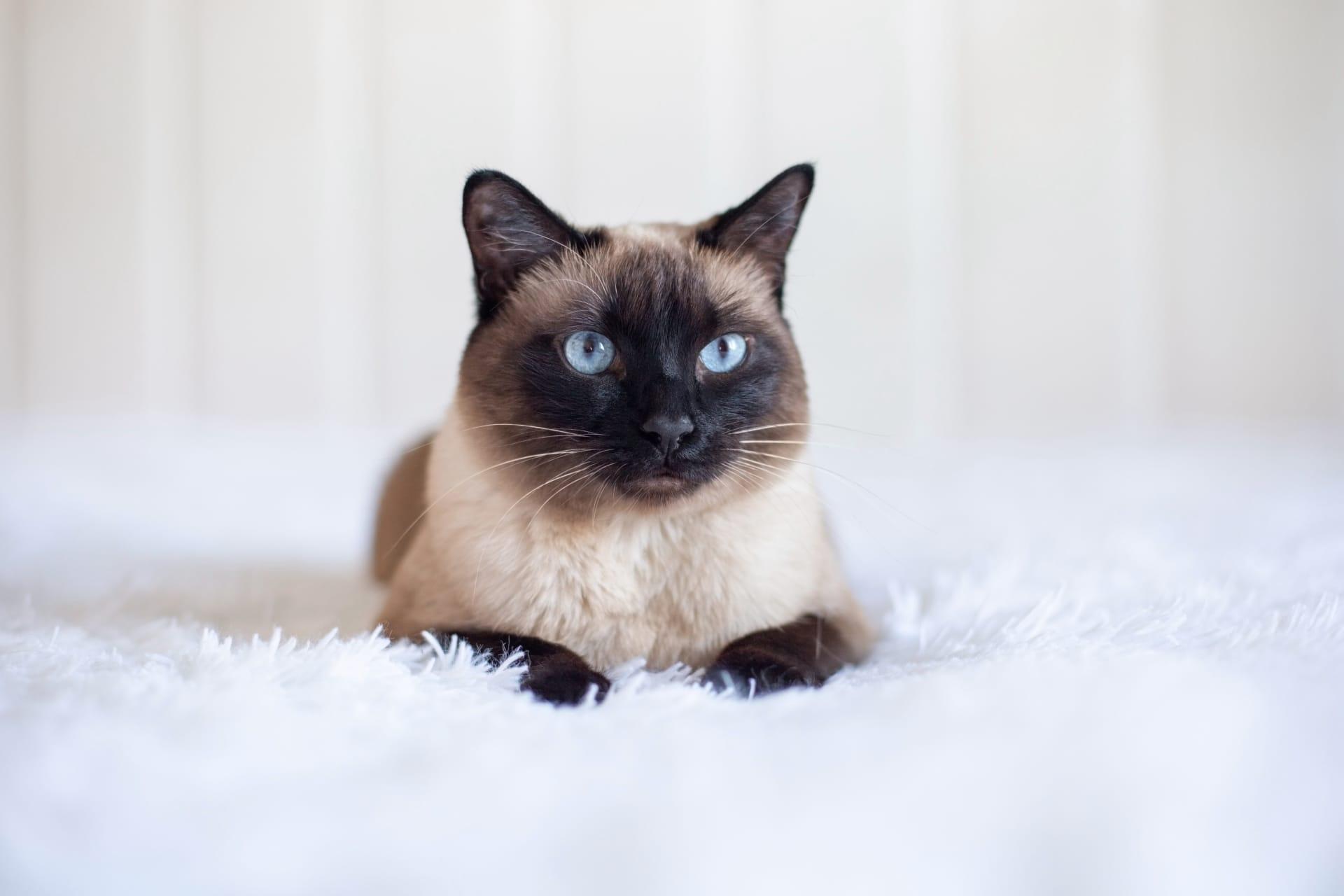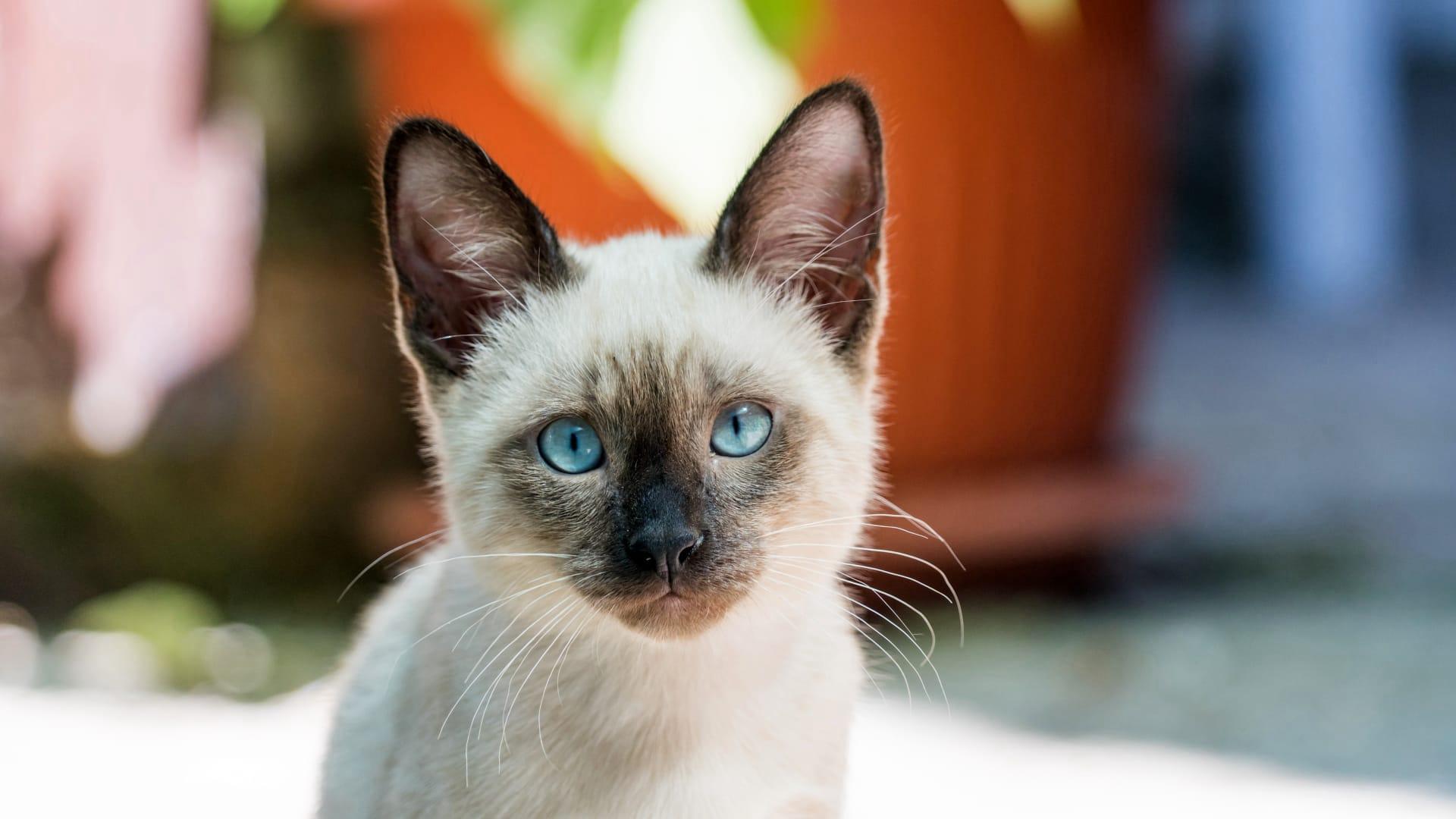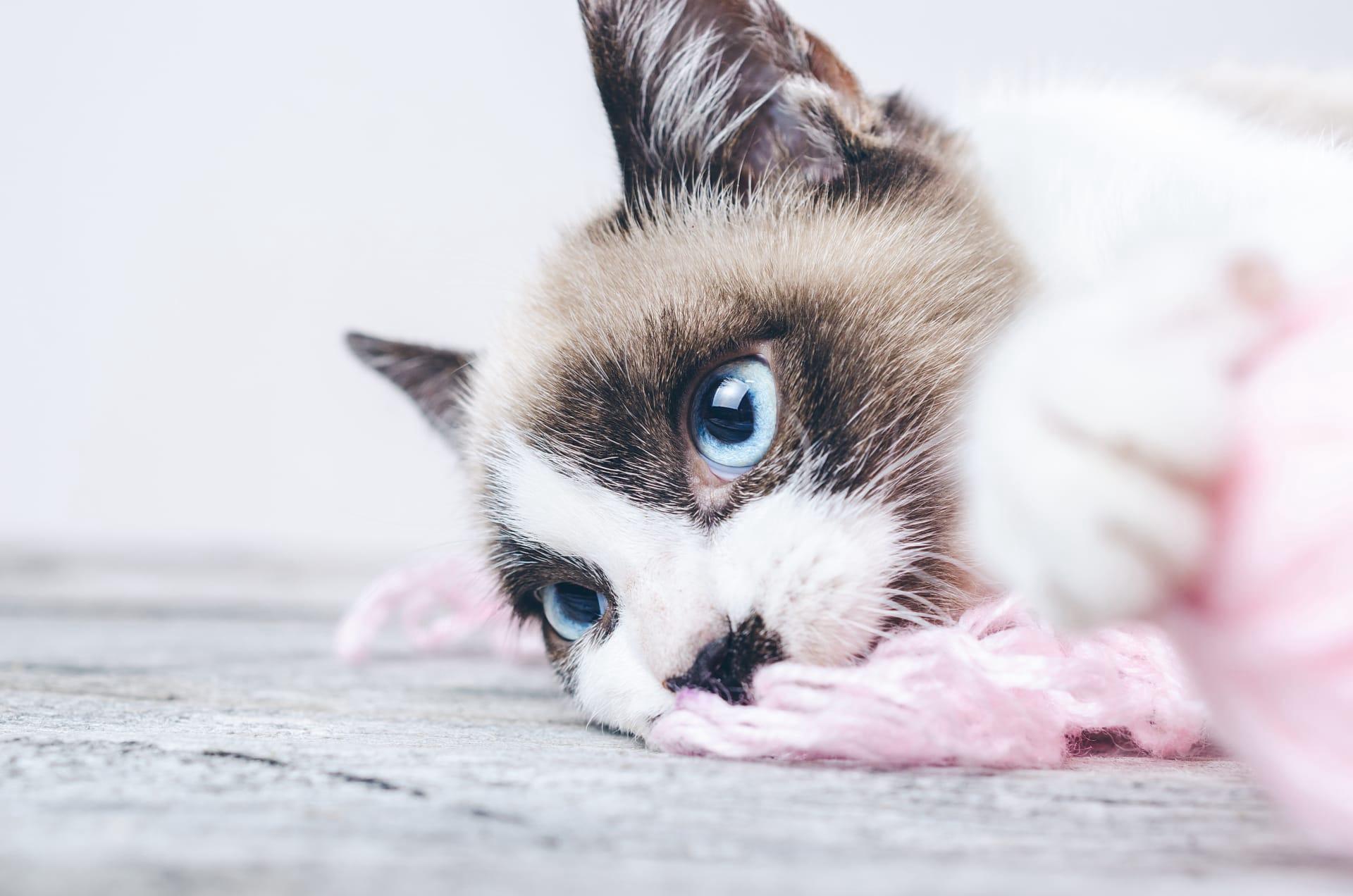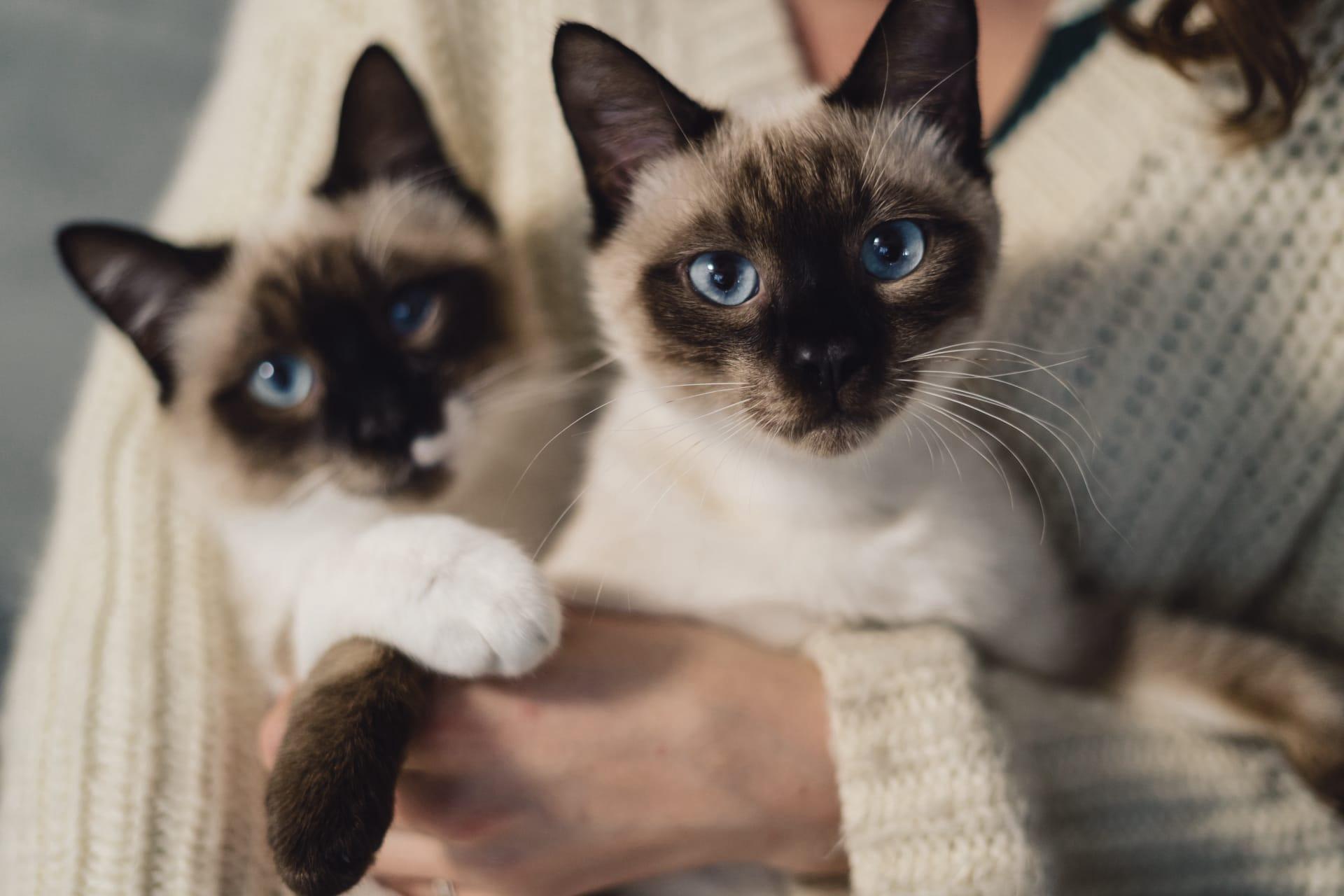Siamese Cat
- Home /
- Mini Encyclopedia /
- Animal /
- Siamese Cat
1
The Siamese cat, scientifically classified under the Felidae family, is a distinct breed known for its slender body, elongated neck, and pointed features, including large ears, a wedge-shaped head, and striking blue almond-shaped eyes. This breed is characterized by its short, fine coat that showcases a unique color-point pattern, where the color is darker in areas of cooler body temperature, such as the ears, face, paws, and tail, against a lighter body color. The Siamese cat's genetic makeup includes a specific gene responsible for this temperature-sensitive coloration, making it a fascinating subject of genetic studies within the domestic cat species.
Originally from Thailand, formerly known as Siam, the Siamese cat's distribution has expanded globally over the centuries. It was first officially recognized in the West in the late 19th century and quickly became a popular breed in Europe and North America. Today, Siamese cats are found worldwide, thriving in homes as beloved pets. Their adaptability to different climates and environments, coupled with their social and affectionate nature, has contributed to their widespread popularity. This extensive distribution reflects not only the breed's adaptability but also its enduring appeal among cat enthusiasts.

2
Question: Is it true that Siamese cats are always cross-eyed?
Answer: This common misconception stems from a trait that was once prevalent among Siamese cats. In the past, many Siamese cats exhibited strabismus, a genetic condition that causes the eyes to cross. However, selective breeding has significantly reduced this trait in modern Siamese cats. While some may still display this characteristic, it is no longer a breed standard or as common as it once was. This change highlights the breed's evolution over time and the efforts of breeders to adhere to health and aesthetic standards.

3
The relationship between Siamese cats and humans is rich and multifaceted, stretching back hundreds of years. Known for their vocal and social nature, Siamese cats often form strong bonds with their human companions, seeking attention and interaction. They are highly communicative and known for their distinctive meows, which they use to express their needs and desires. This interactive behavior makes them a favorite among pet owners who enjoy a more engaging pet experience.
Historically, Siamese cats were revered in their native Thailand, believed to bring good fortune and were often found in royal and sacred settings. This deep cultural significance has evolved into a modern companionship role, where they are appreciated not only for their beauty and elegance but also for their intelligence and affectionate demeanor. Their ability to adapt to various household environments, including those with children and other pets, further cements their status as a cherished pet choice globally.

4
The origins of the Siamese cat trace back to ancient Thailand, where they were cherished by royalty and depicted in old manuscripts dating as far back as the 14th century. These cats were considered members of the royal family, and it was believed that they would receive the soul of the family member passing away. Due to their esteemed status, they were often kept within palace walls and temples, safeguarded and revered.
Over the centuries, the Siamese cat has undergone significant evolution, both in physical appearance and in breed standards. Initially, Siamese cats had a more robust form, with rounder heads and bodies. However, the breed has evolved to have a more slender and elongated physique, known as the modern Siamese, distinguished by its elegant lines and refined features. This evolution reflects changes in breeding preferences and the influence of selective breeding practices aimed at accentuating the breed's unique characteristics.

5
Film: "The Paw Project" is a notable documentary from the United States, released in 2013, which, while broader than just Siamese cats, includes significant content relevant to all domestic cats. It focuses on the controversial practice of declawing and its impact on cats' health and behavior. The documentary has raised awareness and contributed to changes in perceptions and laws regarding declawing in various parts of the world.
Book: "The Complete Siamese Cat" by Milo G. Denlinger is a comprehensive guide from the United States, first published in 1952. This book offers an in-depth look at the breed, covering its history, care, breeding, and showing. Denlinger's work remains a valuable resource for both Siamese cat enthusiasts and general readers interested in cat breeds.
Book: "Siamese Cats: Everything About Acquisition, Care, Nutrition, Behavior, Health Care, and Breeding" by D. Caroline Coile, Ph.D., published in the United States in 1997, provides an extensive overview of the Siamese breed. Coile's book combines scientific research with practical advice, making it an essential guide for current and prospective Siamese cat owners.